As with food, moderation is essential when it comes to exercise. A dog on a daily exercise routine can enjoy many physical and mental benefits, but overdoing it can be detrimental.
Overexercising can put a heavy strain on your dog's mind and body. You won't need to worry about it because the little rascal will generally let you know through changes in its behavior and physical signs you can't ignore. But this doesn't mean you shouldn't educate yourself about dog overexertion. After all, prevention is the best medicine, and you only want the best for your four-legged friend.
Typical Dog Over Exercise Symptoms and Signs
Before diving deep into the signs and symptoms of dog overexertion, keep in mind that many dogs - especially the active breeds - love running around and playing so much that they might sometimes forget their bodies may be begging them to stop. They only stop when they physically can't go on anymore, which can sometimes be dangerous. That being said, knowing your furry friend well is essential enough that you can read the signs as they come up. Here's what you can expect:
Dog Overexertion Symptoms
Behavioral Changes
Chances are you're the dog parent who knows their canine friend inside out. That's precisely how you can quickly and immediately recognize the behavioral changes linked with dog overexertion. But what exactly should you look for?
Let's say your dog suddenly loses interest in playtime or wants to return home from a walk earlier than usual. That's when you may look at "too much exercise" symptoms. Paying attention to how your dog behaves during exercise should tell you all you need to know.
Sore Muscles
Yes, dogs get sore muscles, too. Sore muscles are an overexercised dog symptom you shouldn't take lightly. But how can you tell that your dog has sore muscles? Look at how it's getting up. If it's having trouble doing so, that's a red flag. It may even struggle to eat as reaching for food can strain its muscles. Remember that dogs don't just suddenly get lazy. There's a reason behind their lack of movement, which might be related to overexertion in dogs. It's essential to keep an eye out for muscle soreness in your canine companion before there's any further damage.
Joint Injuries
While difficulty in movement can point toward sore muscles, a limp can injure your dog's joints. While joint injuries are a common sign of overexertion in dogs, certain breeds are more susceptible to these injuries. That's why it helps to research before planning an exercise regimen for your furry friend. Untreated joint injuries can have everlasting effects on your pup, so check with a vet for proper treatment.
Overheating
Heat exhaustion is one of the most common and severe dog overexercise symptoms and signs. If left unnoticed and untreated, overheating can even be fatal. The average body temperature of dogs fluctuates based on their level of exercise and the weather conditions. Having your dog's body temperature rise slightly during a walk or playtime is normal. What's important is that it doesn't stay high for prolonged periods.
If you notice your dog panting excessively, breathing heavily, or if it vomits or collapses out of the blue, know that its body might be overheated. That's when you'll want to immediately move it to a shaded area, give it some water, or let it lay in a fresh body of water to cool down. If you have a dog that has thick skin, is elderly, or is overweight, make sure to pay extra attention to its body's temperature.
Signs Specific to Puppies Undergoing Excessive Exercise
Rough Paw Pads
One of the most physical signs of overexercising in puppies is in their paw pads. Our furry little friends don't pay much attention to the pain in their paw pads and continue zooming around and playing. That's why you'll want to regularly check if the soles of your puppy's feet are worn. If you don't notice the signs early on, worn paw pads can cause ruptured blisters on the foot, which could be painful for the little one. Watch for tears, swelling, or puss in the paws.
Panting Heavily
We've already established that your puppy's little body can't handle too much exercise. With that in mind, paying attention to its breathing during walks is essential. The second you notice any heavy or difficult breathing, it's time to give it a few minutes of rest until the panting stops and the breathing is back to normal. This particular exhausted puppy symptom clearly shows that little Fido can't handle more than the amount of exercise it's already done.
Excessive Drooling
Dogs usually drool a little extra during exercise; it's their body's way of cooling off. But what if your puppy is drooling excessively during or after exercise? That's when you know it's a clear sign of dog exhaustion after exercise - often due to overheating. The more your pup drools, the more it means its body struggles to cool off. It naturally indicates that the level of exercise is more than the body can handle.
Pay attention to these details while you plan an exercise routine for your puppy. No one knows how much activity your dog can handle more than your dog itself, and it will make it obvious one way or another.
Lack of Urine
The lack of urine is the last and obvious sign of overexercising a puppy. A dog's exhausted and overheated body will have difficulty producing urine. If your puppy isn't peeing as regularly, you may be looking at a severe dog overexertion symptom. And it would help if you turned the activity level down a notch.
Concerns About Dog Exercise Levels
Can You Overwalk a Dog? Understanding the Balance
There's no denying the benefits of exercise for your dog's overall health. Exercise allows your four-legged friend to be fit, keeps its muscle mass in check, minimizes the risk of injuries, decreases chances of obesity, and, most importantly, improves cardiovascular health. But this doesn't change the fact that too much exercise for dogs is harmful. Instead, we mean that a balanced exercise routine can do miracles for dogs.
While minimal activity has consequences, dogs that exercise too much can also run into physical issues. Overwalking a dog can put too much strain on its body and cause 0a lot of pain in the long run. Do dogs get sore muscles? Yes. Do dogs get sore from running, walking long distances, taking long hikes, and playing too much? Also yes.
All that said, it's worth knowing how to tell if your dog is tired of walking or exercising in general. Once you figure out your dog's threshold, you'll know what is too much and too little. That way, you can plan routes, durations, and intensity accordingly.
Can Playtime Add to Overexertion?
As we mentioned, it is possible to overwalk a dog. But can your dog's playtime be causing exhaustion as well? The answer, once again, is yes. We all love extra-energetic dogs. You'll usually find your energetic dog playing, jumping, running around the house, or out in the backyard enjoying its freedom when not going for a stroll. But no matter how much your dog loves to play, you must remember that overplaying can negatively affect its body, much like overexercising.
It's safe to say that dog overexertion doesn't just result from walks, exercise, and playtime. So, if you have a dog with a solid drive to play, consider setting boundaries and limiting their playtime to avoid overexertion-related injuries.
Specific Situations and Considerations for Dog Overexertion
Age Appropriate Exercises
Puppies need to exercise, no matter how small and fragile they look. Their activity needs are unique to their size and breed. But at a young age, a puppy's exercise requirements are limited and are meant to help its development instead of hindering it. Make sure to stick with age-appropriate exercises to avoid dog overexertion. It ensures they're going to grow strong without any joint problems.
On the other end of the spectrum, we have elderly dogs with their own age-specific exercise needs. As your dog grows older, you'll realize its energy levels are not the same as they once were. It doesn't run around and play like it did when it was younger. Be that as it may, lower energy levels don't necessarily mean that elderly dogs don't need to exercise. On the contrary, you must ensure they're exercising enough to help maintain their mobility. At the same time, you must ensure you're not confusing your now elderly dog with its younger self.
Dog overexertion is real in senior dogs, so it's important to remember they won't give you the same energy levels they used to. And if you're exercising a senior dog and they do give you the energy, you'll likely be dealing with dog exhaustion after exercise and the consequences that come with it. As a rule of thumb, you should take it easy with your puppy, take the intensity up a notch as it reaches adulthood, and slowly take steps back as it reaches its elderly years.
Weather Considerations
Another critical factor to consider when avoiding dog overexertion is the weather conditions. Dogs don't do well in extreme heat, and their bodies don't seem to cool off as quickly as they should. This is especially true with more giant breeds with thicker skin.
In the summer heat, you may realize your dog is tired after a walk or wonder, "Why is my dog struggling to walk?" The answer is simple: overheating. Heat exhaustion is a real threat, and the problem is that they can't use their words to tell you that they're burning up.
Hot summer days don't mean your dog can't engage in daily activity. It's just better to keep the exercise in the shade as much as possible and have plenty of fresh, cool water.
Breed-Related Concerns
One other thing to account for as you're trying to find ways to avoid dog overexertion is Fido's breed. While some breeds are more resistant, others aren't as tough - especially in hot weather conditions. To avoid problems later on, doing complete research about your dog's breed is always a good idea. See how much exercise they can handle during different stages of their lives and what weather conditions suit them best.
Breeds like Boxers, Shih Tzus, English Bulldogs, and Pugs are unlikely to handle exercising under warm weather conditions for long periods. Research in advance and plan an appropriate exercise routine for your dog.
Dog Overexertion Treatment Tips
Prevention
The number one dog overexertion treatment is to prevent it from happening in the first place. We can't stress this enough. It means doing all the research you can regarding how much research your dog can handle. Once you've done that, you'll want to pay a lot of attention to what your dog is trying to tell you because all the signs will be there. Check what your furry friend's body and behavior tell you during and after long walks, and you'll get all the answers you need.
Rest
The second most crucial dog overexertion treatment is rest. If you start seeing any signs of exhaustion, allow your canine companion to get as much rest as it needs. Your dog's muscles and joints will recharge and recuperate. After it's fully rested, your dog will let you know when it's ready to go out and about again.
Shade
If you're ever on a walk, a run, or a hike and you start noticing your pup is feeling overly exhausted, you'll need to start looking for shaded areas as soon as possible. The sun during soaring temperatures may be too much for your dog to handle, and the shade of a few trees or buildings will protect it from possible overheating. Better yet, stick with fully shaded streets or trails to walk on days when it's too hot instead of going for fully open-air areas.
Fluids
You always have a water bottle during hikes or jogging. It should also apply to your dog since dogs tend to get thirsty during and after exercise. Providing them with fresh water now and then during any form of exercise can help prevent or solve many issues, especially ones related to heat exhaustion.
Energy Foods
Having a doggie energy snack on you on longer walks or hikes is also a brilliant idea. A single dog treat can give your dog enough energy to keep it going longer. On the other hand, if your pup's energy level is already dropping, a snack can give it a much-needed boost and prevent any problems later on.
Visiting the Vet
Sometimes, none of the dog overexertion treatments mentioned above may help. It may be because the exhaustion is too severe or your dog has underlying health issues. In such cases, a visit to the vet is vital. The vet will likely use an IV drip to treat the overexertion and restore Fido's temperature and hydration levels. Visiting the vet from day one is necessary to figure out the dos and don'ts of exercise for your specific dog straight from the words of a professional.
Closure
We all love taking long walks with our dogs. It's simply calming and pleasant. We also enjoy playing fetch with them, mainly because it's fun seeing them have an adrenaline rush. Having your dog walk and play regularly is the best thing you can do for your furry friend.
Problems arise when you don't know when exactly to stop and how much is too much for your pup. That's precisely what this article covers. As a dog parent, you'll understand the physical and behavioral signs your dog may be showing and use the insights to avoid future problems.
Remember that the trick always lies in a balanced as well as an age and breed-appropriate exercise routine. Once you figure out that balance, you'll know how to stay ahead of dog overexertion and the issues that come with it.




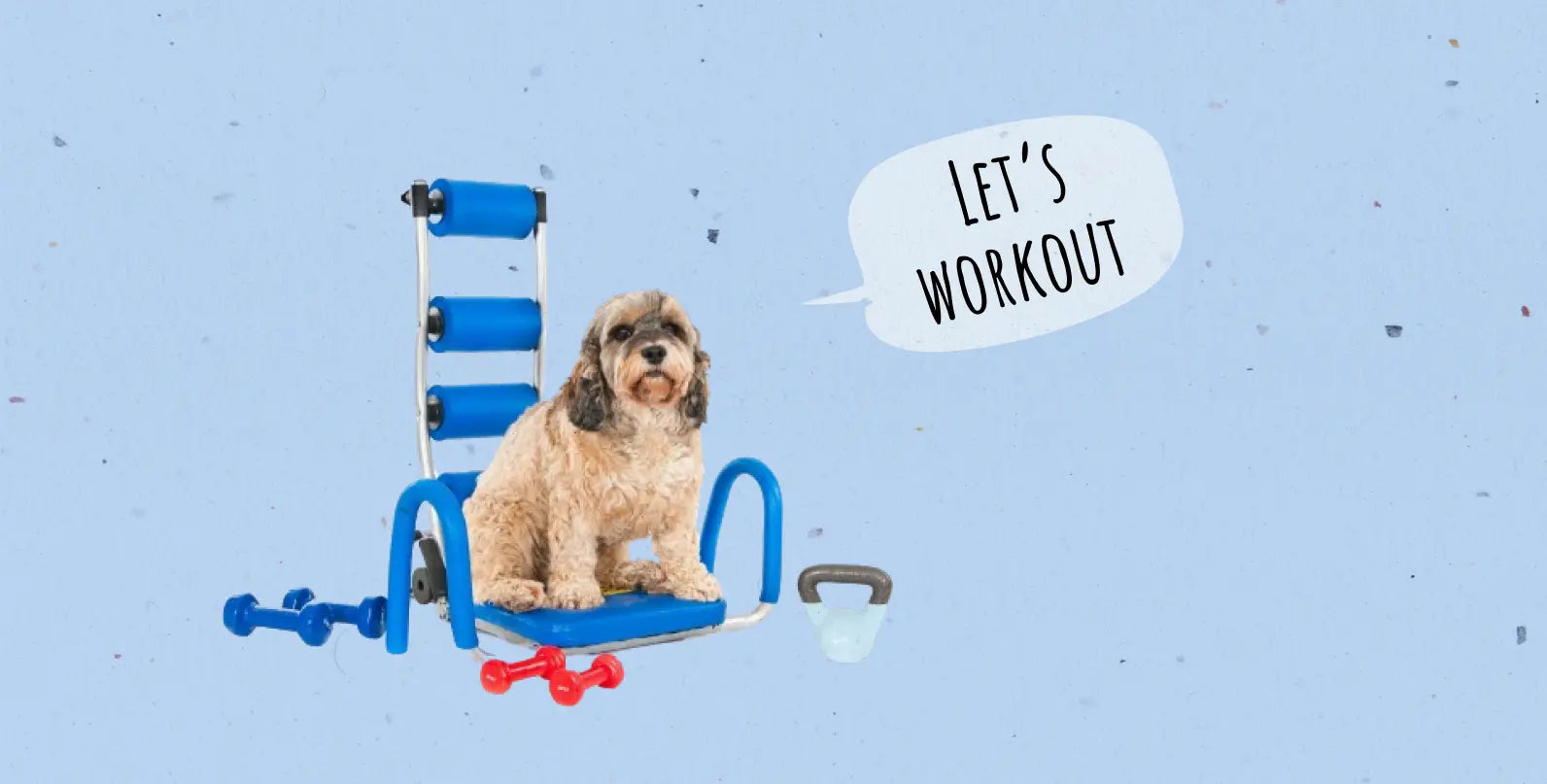
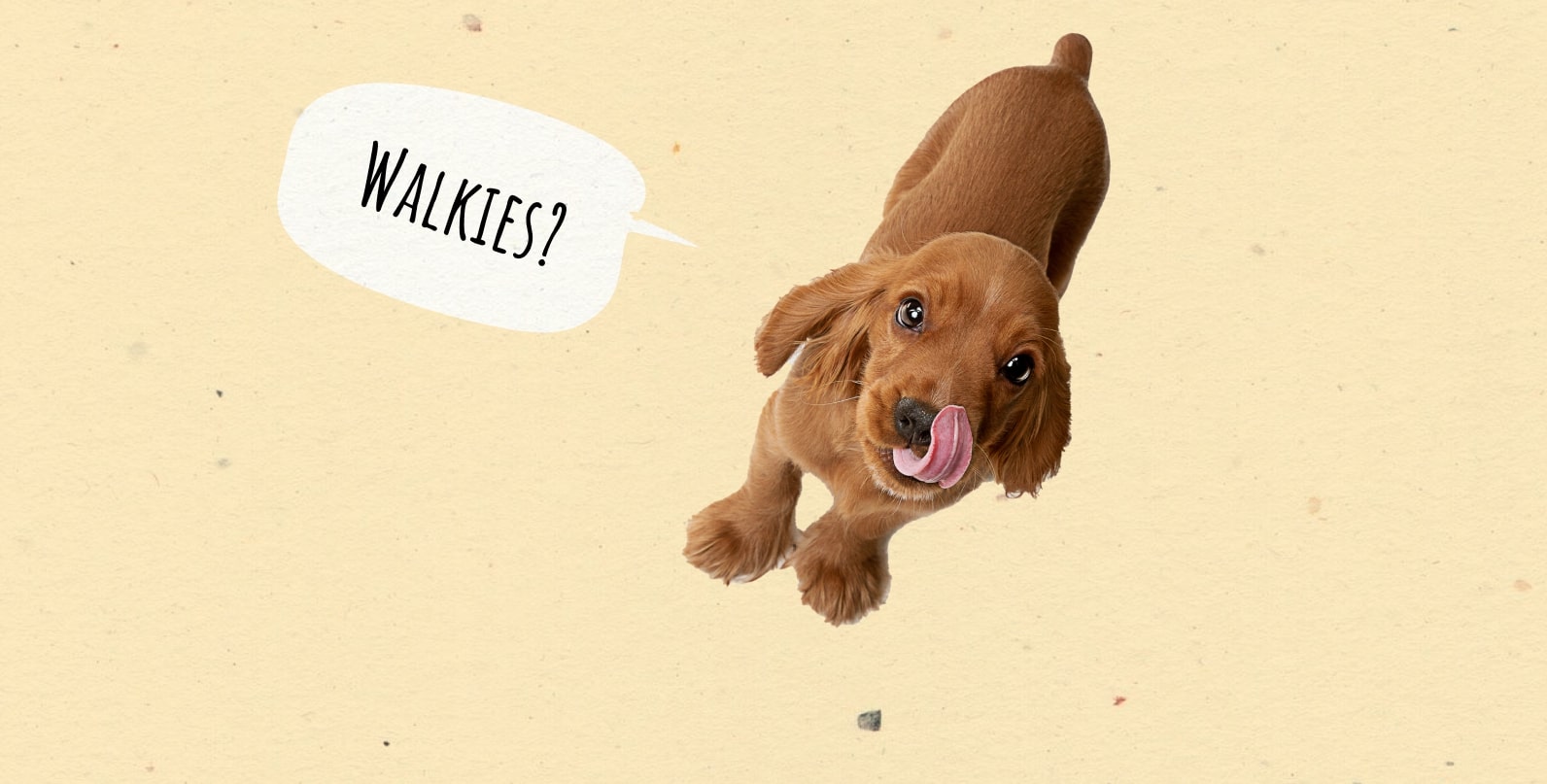
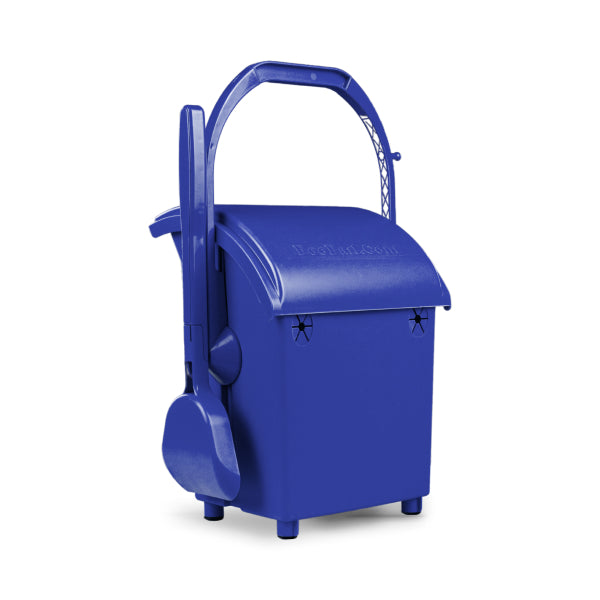
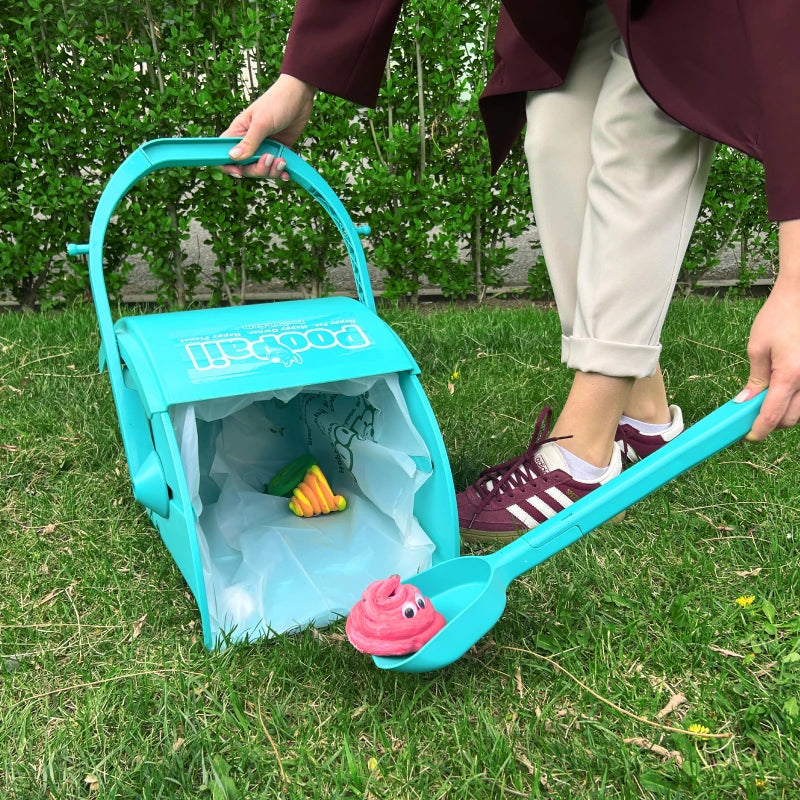
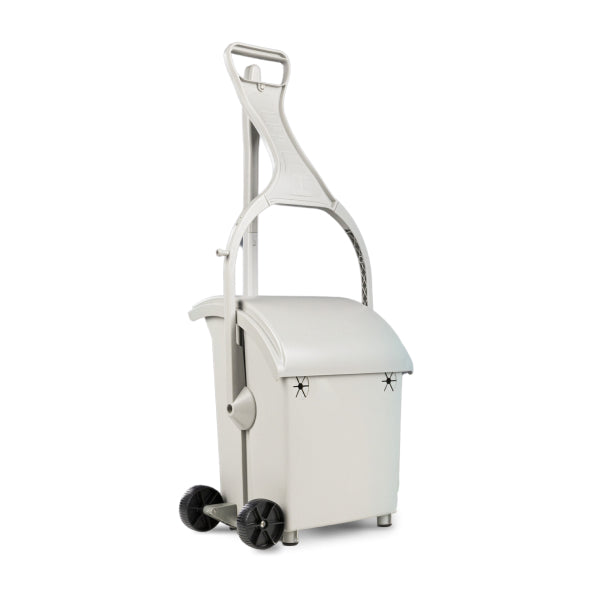
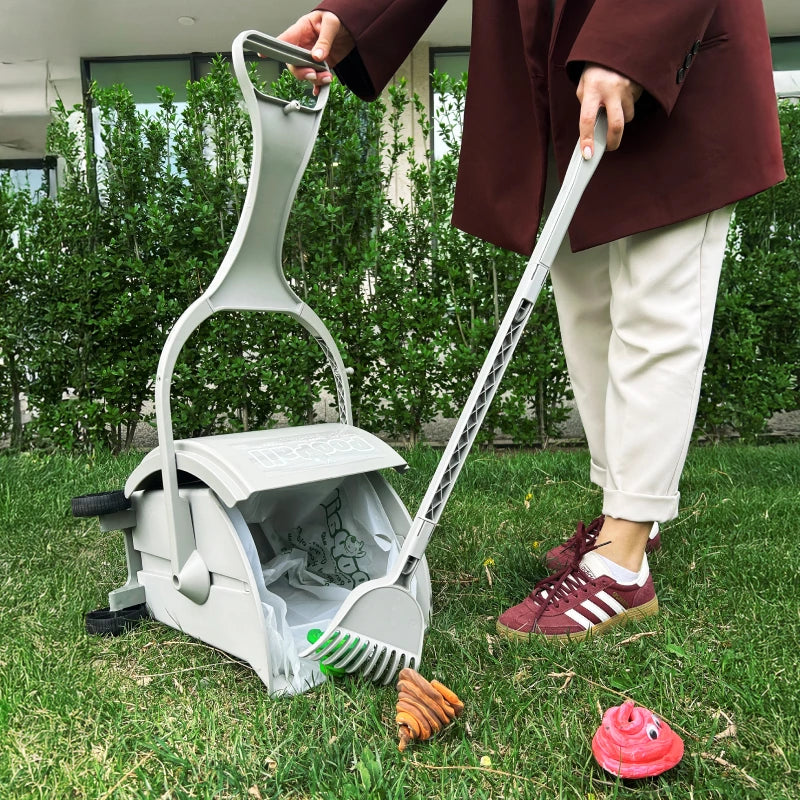
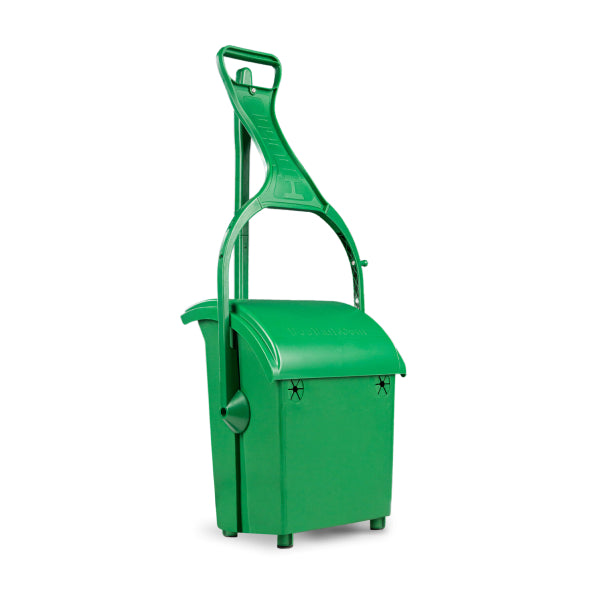

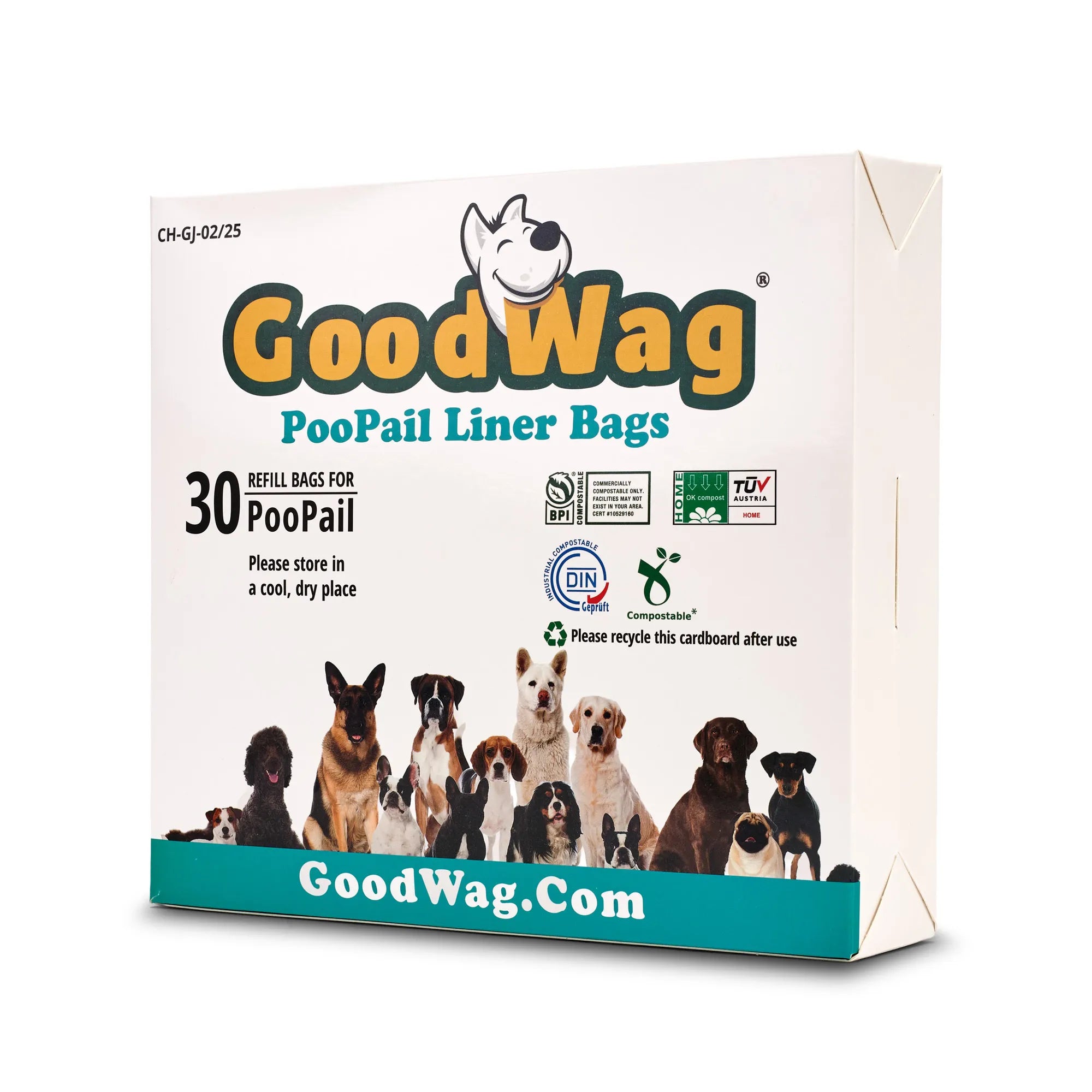

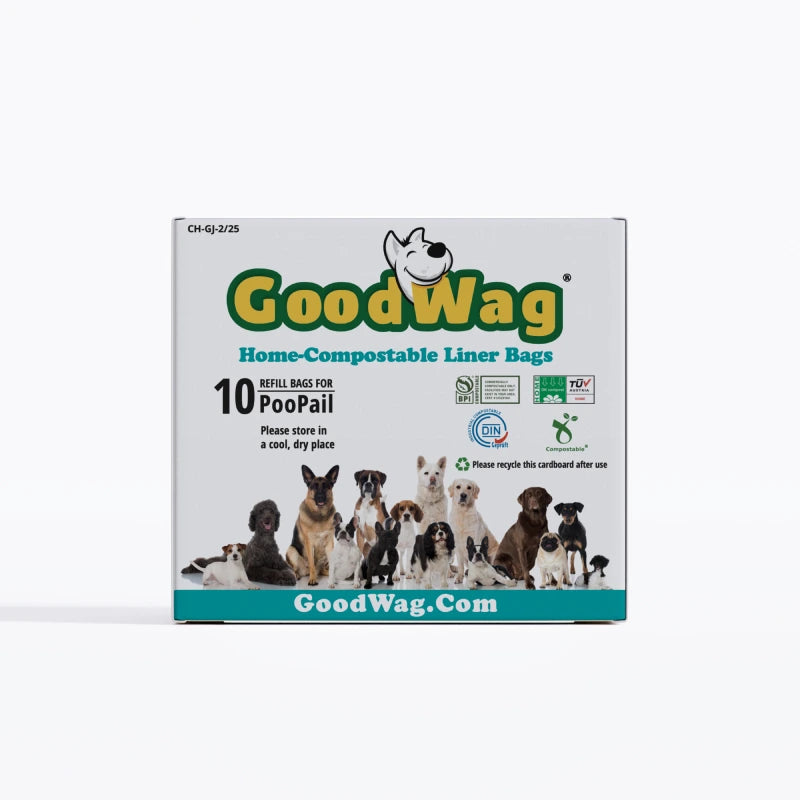

Leave a comment
This site is protected by hCaptcha and the hCaptcha Privacy Policy and Terms of Service apply.